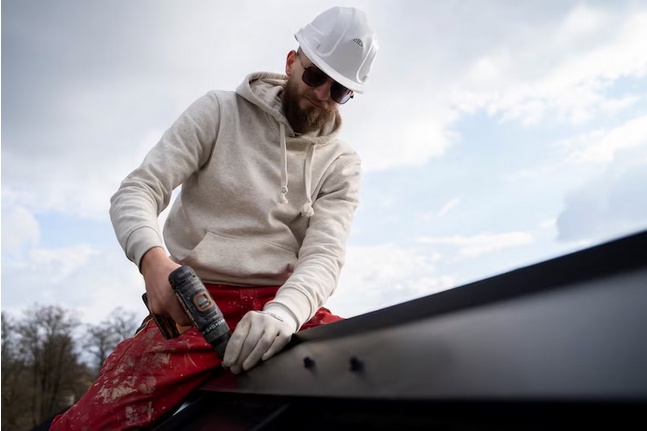Roof insulation plays a crucial role in maintaining a comfortable and energy-efficient living environment. It provides a barrier against heat transfer, keeping your home warm in winter and cool in summer. However, understanding the costs associated with roof insulation can be challenging due to various factors that influence pricing. This comprehensive guide aims to decode the intricacies of roof insulation cost, helping homeowners make informed decisions about their insulation needs.
Factors Influencing Roof Insulation Costs:
Several factors contribute to the overall cost of roof insulation, and understanding these factors is essential for budgeting effectively.
-
Type of Insulation Material: The type of insulation material you choose significantly impacts the cost. Common options include fiberglass, cellulose, spray foam, and rigid foam. Each material has its unique characteristics and cost implications.
-
Roof Size and Complexity: The size and complexity of your roof determine the amount of insulation material needed and the labor required for installation. Complex roof designs with angles, dormers, and multiple levels can increase installation complexity and costs.
-
Insulation Thickness: The desired level of insulation, often measured in R-values, affects the thickness of the insulation layer. Higher R-values generally offer better insulation but may come at a higher cost.
-
Labor Costs: Labor charges cover the installation process. Costs can vary based on geographic location, local labor rates, and the expertise of the insulation contractors.
-
Existing Roof Condition: If your roof requires repairs or modifications before insulation installation, these costs should be factored into the overall project budget.
-
Access Challenges: Difficult-to-reach roofs may require special equipment or additional labor, leading to higher costs.
-
Building Codes and Regulations: Local building codes may dictate specific insulation requirements that could impact material choices and installation methods.
-
Ventilation and Air Sealing: Proper ventilation and air sealing are critical for efficient insulation performance. Addressing these aspects can influence costs.
-
Environmental Considerations: Some insulation materials are eco-friendlier than others, but they might come at a higher price point. Balancing cost and environmental impact is important for some homeowners.
Estimating Roof Insulation Costs:
To estimate the cost of roof insulation for your specific project, consider the following steps:
-
Measure Your Roof: Accurately measure your roof's dimensions, including any protrusions or irregularities.
-
Select Insulation Material: Research different insulation materials and choose one that aligns with your budget and performance requirements.
-
Determine Insulation Thickness: Based on your climate and desired energy efficiency, determine the appropriate R-value for your insulation.
-
Get Multiple Quotes: Contact multiple insulation contractors in your area to get quotes. Make sure the quotes detail the insulation material, labor costs, and any additional expenses.
-
Factor in Additional Costs: Consider any extra costs, such as roof repairs, air sealing, and ventilation improvements.
Conclusion:
Roof insulation is an investment that offers long-term benefits, including energy savings and improved comfort. However, decoding the costs associated with roof insulation requires a comprehensive understanding of various influencing factors. The type of insulation material, roof size, labor costs, and other considerations all contribute to the overall expense. By carefully assessing these factors and obtaining multiple quotes from reputable contractors, homeowners can make informed decisions that align with their budget and insulation needs. Ultimately, a well-insulated roof not only provides financial savings over time but also contributes to a more sustainable and environmentally friendly home.


No comments yet